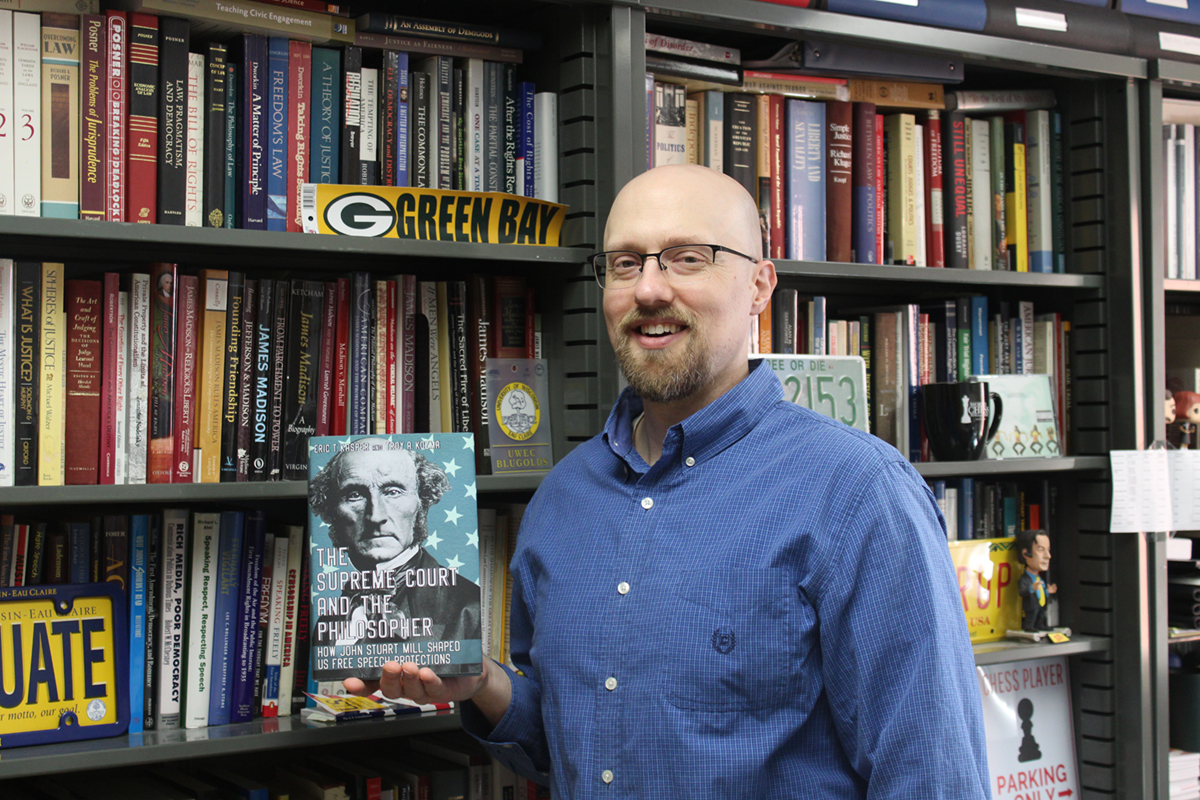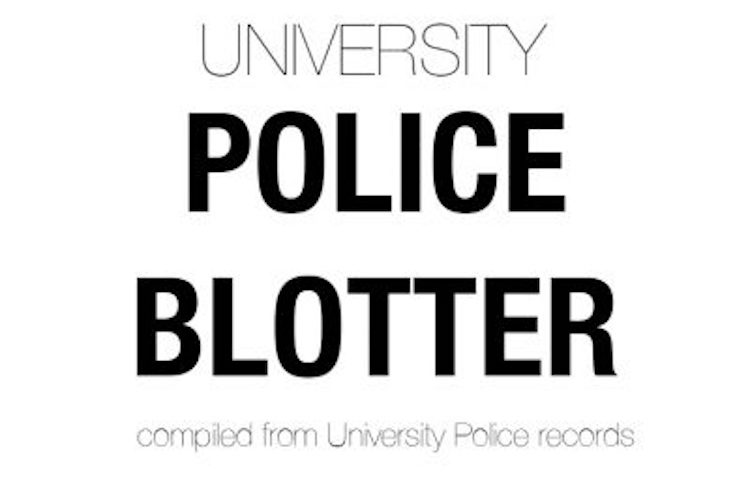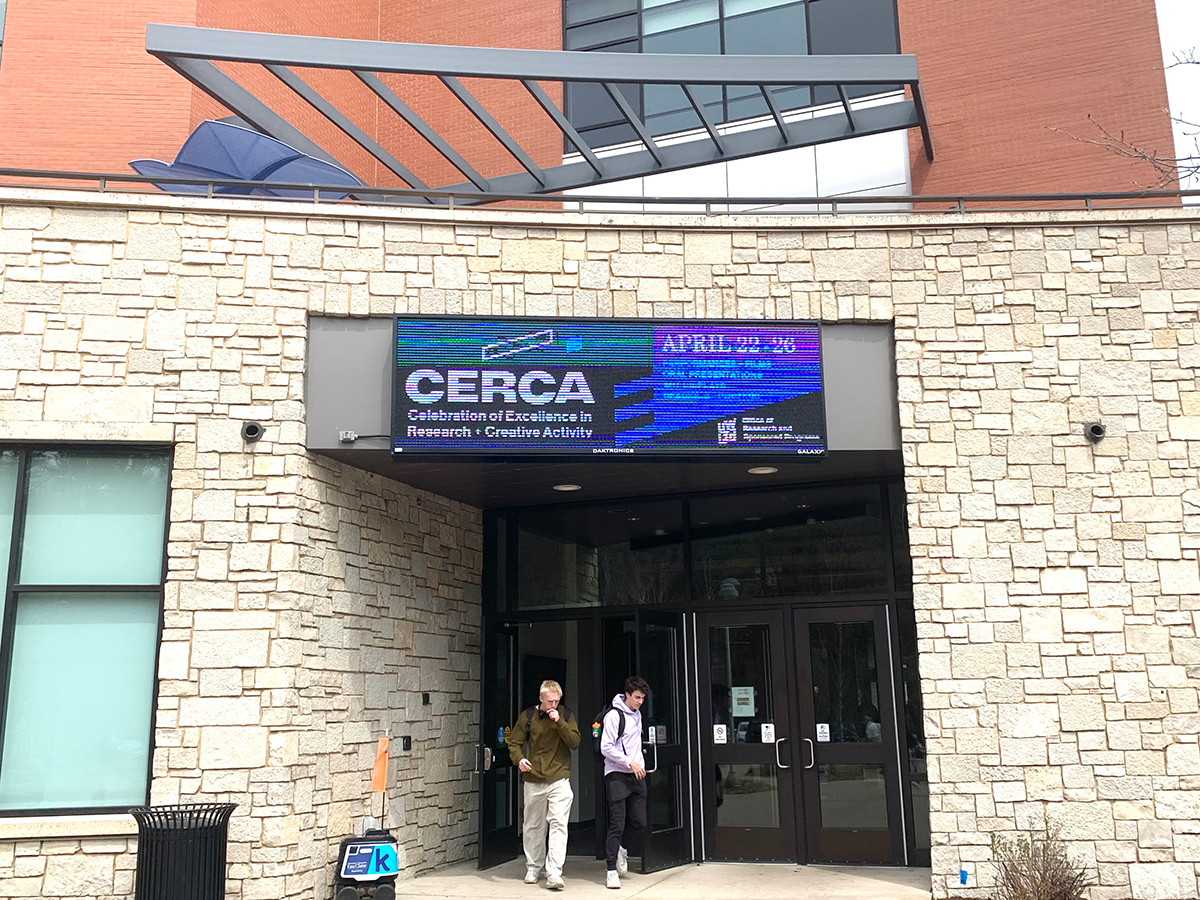Imagine traveling to the South Pole and living there for two months. Robert Greenler, professor emeritus of physics at UW-Milwaukee, did just that.
At 8 p.m. today in room 007 of Phillips Hall students can hear about Greenler’s experiences in the South Pole.
Greenler said it was not easy to get to the South Pole but just being there was an adventure.
With the help of the National Science Foundation, which organizes the research done in Antarctica, Greenler traveled to the South Pole three times.
These excursions were fueled by Greenler’s passion as well as stories from people about the interesting things in the South Pole.
“I’ve been interested in optical sky effects for a long time,” Greenler said.
Besides traveling to the South Pole, Greenler taught physics, gave lectures and wrote a book about many of the optical effects that he has seen and studied. Out of all of those, he said he enjoys learning the most.
“I enjoy looking at the world around me and finding questions,” he said.
His lecture will include several photographs as well as a “spectacular time-lapsed video,” that Greenler took himself.
The photographs and video will show many optical effects created by tiny ice crystals in the atmosphere, he said.
Effects such as halos and rainbows will be shown and Greenler will provide the answers as to why these things are seen.
They are beautiful effects that will be explained in a way that people without a physics background will enjoy, he said.
“The lecture is directed to anyone interested in the world,” Greenler said.
Greenler also will have demonstrations to show how these effects occur.
One demonstration, he said, will shine light through prisms to show the different angles of the light.
Students will have a second opportunity to listen to Greenler lecture at 4 p.m. Friday.
This lecture is entitled “The NASA Shuttle Launch, Dark Moon Ray Mystery,” and will explain a photo taken of a shuttle launch.
“There are very beautiful and very strange things in this picture,” Greenler said.
He said in the picture there is a dark ray coming from the moon to earth. A dozen different effects make this ray appear, Greenler said.
Erik Hendrickson, associate professor of physics and astronomy, has seen this presentation and said that Greenler gives entertaining and insightful talks.
“There are not a lot of equations involved,” Hendrickson said.
He said it’s mainly looking at interesting pictures and figuring the physics behind them.
Greenler’s lecture is the second of the physics and astronomy department’s three-part lecture series.
This series is sponsored by a grant from the College of Arts and Sciences, Hendrickson said, as well as help from the university’s Office of Research.
Both lectures are free and open to the public.






